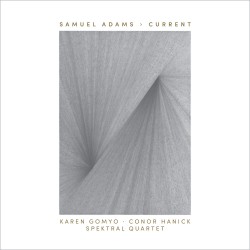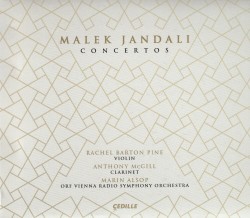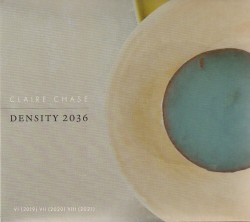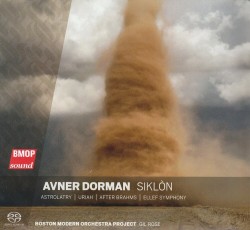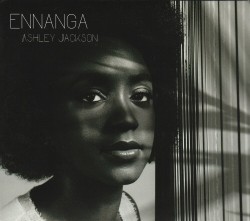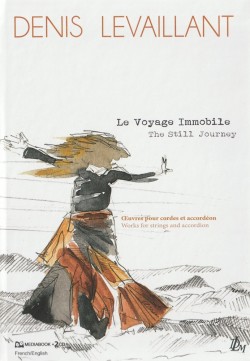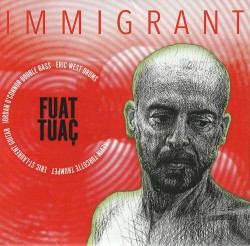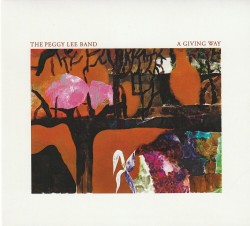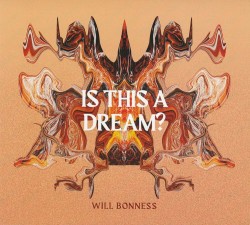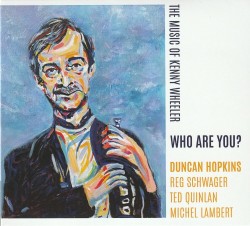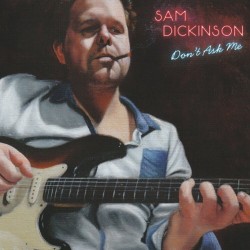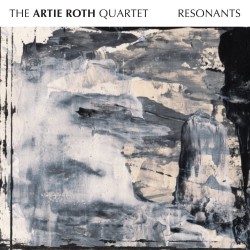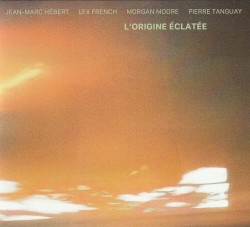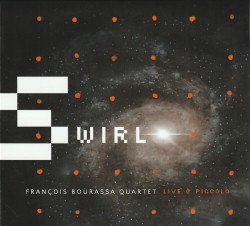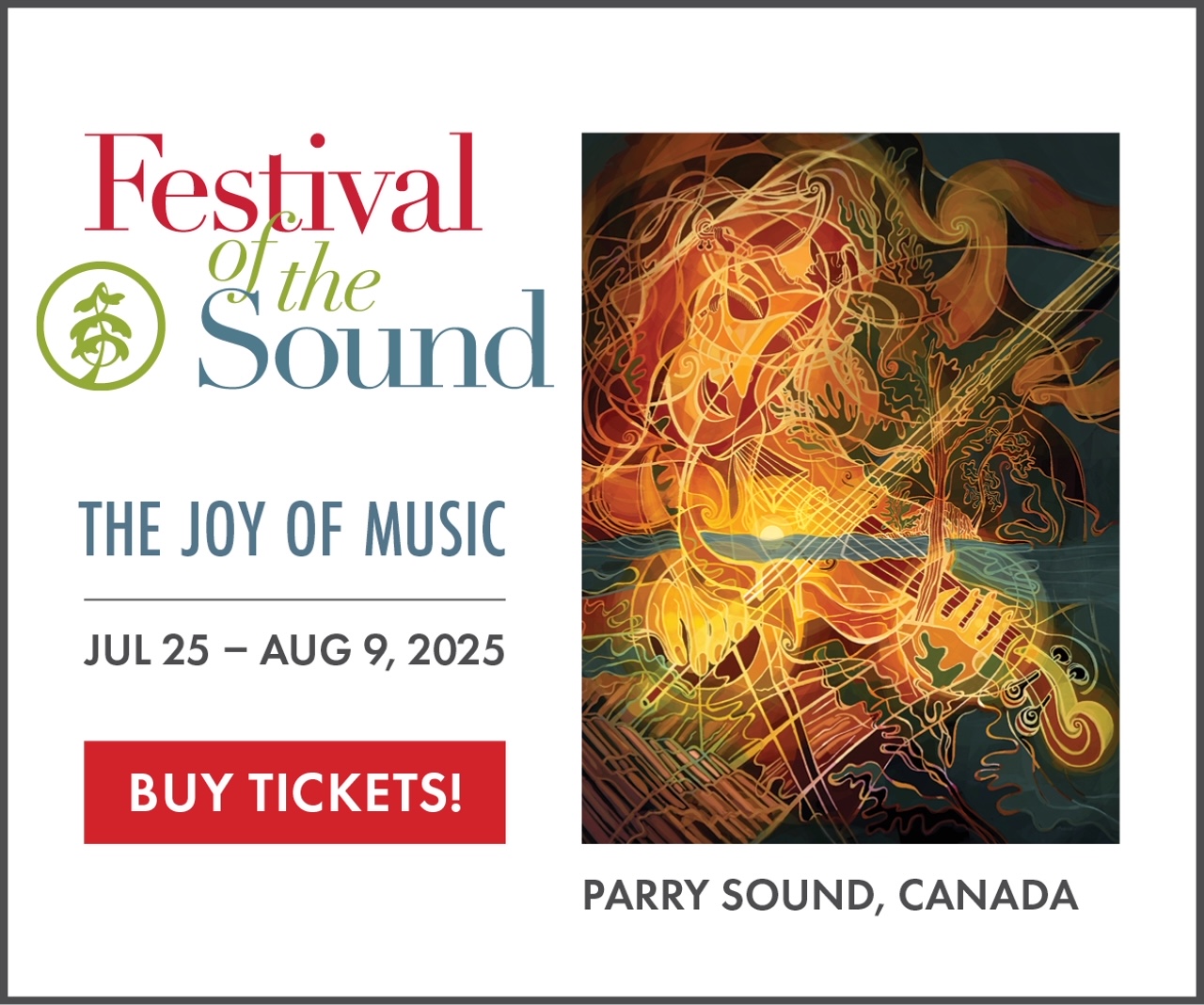LAND SEA SKY for Raj Sen - Experimental Music Unit
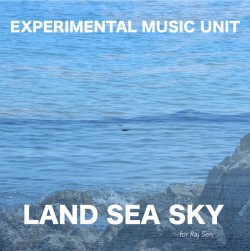 LAND SEA SKY for Raj Sen
LAND SEA SKY for Raj Sen
Experimental Music Unit
Independent (experimentalmusicunit.bandcamp.com)
Experimental Music Unit is a trio based in Lekwungen Territory (located on the southern tip of Vancouver Island) consisting of Tina Pearson (flute, accordion, voice), George Tzanetakis (clarinets, saxophones) and Paul Walde (bass guitar, percussion). EMU specializes in exploratory music and sound practices grounded in ecological studies, focused improvisation and collaboration. Their latest audio project, LAND SEA SKY released as a 38-minute EP, reflects all those interests.
The EP is the musical realization of a text score by Pearson, composed during the winter of 2020-2021. Like so many, EMU was frustratingly isolated during the COVID pandemic. While they could meet remotely through online platforms, most of all they longed to make music together again outdoors.
LAND SEA SKY was their response. Recording their parts in the studio, EMU however imagined they were actually playing together at Finnerty Cove, a rocky outcropping on the east shore of Lekwungen territory on the Salish Sea. The lapping waves, gulls and other oceanic sounds captured on the field recording eloquently places the trios’ musicking in this site-specific sonic space.
I found the most magical moments happened when the trio entered into a dialogue with the oceanscape, or when the latter emerged into the sonic foreground – a startling transformation. Starting softly, leisurely, the ever-shifting, subtly articulated interplay between the human trio and the Salish Sea’s many voices reflects EMU’s deep connection with and respect for the place where they “live and play.”
LAND SEA SKY proved to be more than a purely musical experience: it’s a timely reminder that the root of all human song is in nature.


